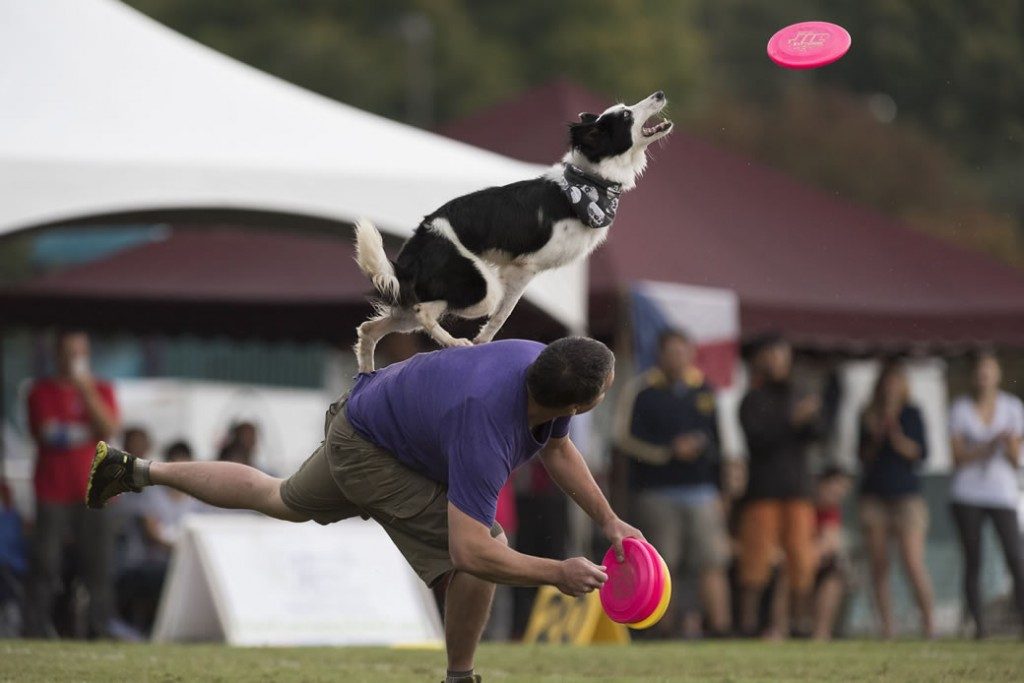
Disc Dog Opinion: What Is a Vault?
Definition
A Vault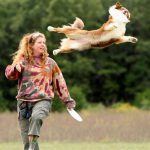 The dog uses the player´s body as a launching pad to jump for a disc. A Vault is a leaping catch from the handler’s body. The dog leaves the ground for the target... More is a move in which the “canine leaps off player’s body, touching the body, to catch a disc placed in flight.” (USDDN Judging Handbook, p. 21)
The dog uses the player´s body as a launching pad to jump for a disc. A Vault is a leaping catch from the handler’s body. The dog leaves the ground for the target... More is a move in which the “canine leaps off player’s body, touching the body, to catch a disc placed in flight.” (USDDN Judging Handbook, p. 21)

This definition of a Vault is solid, and within it is embedded clear and distinct criteria for quality vaulting.
The dog leaps off the body to catch a disc in flight. A vault is performed, not simply to jump off of or to touch the handler’s body but to jump off the body for the purpose of catching the disc in flight. This is clearly expressed in the followup paragraph in the USDDN rules:
“The dog uses the player ́s body as a launching pad to jump for a disc…”
Variations
Because the vault is performed by unique dogs, handlers, and teams, there are nearly endless variations of vaults simply due to athletic differences in the dogs and handlers and due to the dynamic interaction between them as a team. The same vault can look quite different from team to team even with the same handler.
In addition to cosmetic differences, there are many technical differences due to disc placement, handler position, angle of approach, Team MovementTeam Movement is how dog and handler move, as a team, out there on the field. It is a judging category in some organizations and certainly is a focus of many judges, players,... More, and the body part being leapt from.
Linear Vault
A linear vault is a vault that has a linear trajectory. From one side of the handler to another, be it front to back, back to front, or side to side.
Rebound
A rebound A Reverse Vault is a vault in which the dog flips off the handler’s body. The Reverse Vault, aka Rebound, can be done off of any part of the body, and the part... More is a vault that has the dog “flipping” off the the handler’s body. Rebounds almost always stay on one side of the handler. If it starts from the front of the handler it returns to the front of the handler. If it starts from the side it stays on that side.
A Reverse Vault is a vault in which the dog flips off the handler’s body. The Reverse Vault, aka Rebound, can be done off of any part of the body, and the part... More is a vault that has the dog “flipping” off the the handler’s body. Rebounds almost always stay on one side of the handler. If it starts from the front of the handler it returns to the front of the handler. If it starts from the side it stays on that side.
Disc Placement
How the disc is thrown and where it is caught creates variations in vaulting. There are three basic types of vault based upon disc placement. These are not official vault variations, but are more guidelines for vault mechanics.
Stretch to Catch
If the disc is thrown away from the handler the dog will have to stretch out and reach for the catch. This placement means that the dog is further away from the handler when the catch is made.
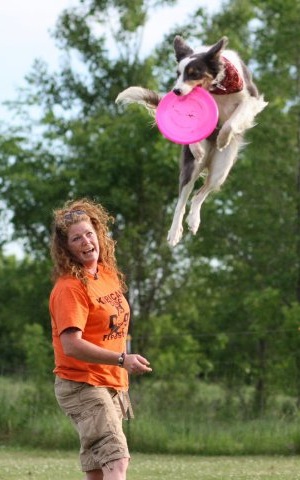
Catch & Carry
If the disc is thrown more vertically, the dog will make the catch early and carry the disc through the air in his or her mouth. This placement means that the catch is made in close proximity to the handler.
Pursuit
If the dog targets and chases the disc from the hand, this is a Pursuit type vault. This type of vault is very common in Rebound vaults.
Directionality
Vaults can go from back to front, front to back, right to left, and left to right. A change in directionality changes the vault.
Directionality from the front of the handler to the back or vice versa is an obvious distinction and clearly is a different type of vault. Directionality from the left to right and right to left can also be considered clockwise and counterclockwise variations.
Platform
The vaulting platform from the handler creates variations. Whether it’s the back, the chest, the leg, the hip, the feet, the arm, or even a held disc…
Type of Throw
A Horizontal Hover (aka: floater) is the standard vault toss. Changing this to another type of throw or release creates a variation.
Naming Variations
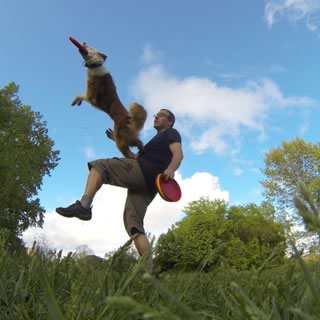
You can call a vault whatever you want, but standard vault naming conventions use the vaulting platform, the type of vault, direction and the type of throw in some combo. This Is easier to understand in a discussion than a pet name like Spinny Dragon Tail Vault.
Mechanics
Vaults do have standard vault mechanics that should be in place, foundationally speaking, and also should be displayed in performance. Mechanical omissions are the most common cause of vault problems, and can and should (perhaps) affect the score of a vault in competition.
Tell (Cue)
The handler needs to tell the dog what type of vault is being performed and where the vault is going to happen. The dog needs to know where the target is going to be and how to get there.
This does not have to happen on the competition field, but it must be built into the foundation of the skill. If the dog looks as if they didn’t know what type of vault was being done or where the disc was going to be, then this can and should affect the score of the vault in competition.
Trigger
The handler should trigger the dog to execute the vault. The dog going before the handler triggers the skill is one of the most common problems with vaulting. The Cue is not the same as the Trigger. The Trigger for the vault is often misidentified by the handler either as the Cue or as something the handler wishes to be the Trigger.
If the dog waits to go on the Trigger, then it is all but impossible to be “late”.
Target
Per the definition, the dog leaps for a target. If the dog leaps before the Target is placed, the vault is not proper and has safety and success concerns built into it as the handler is forced to throw the disc into the dog’s mouth.
The dog should leave the ground for the Target.
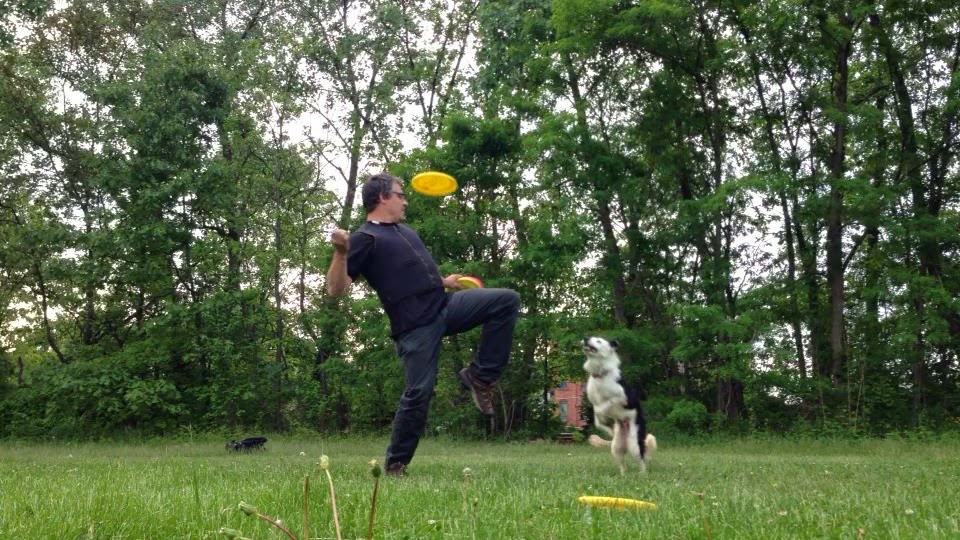
Timing
Timing is an issue, but it isn’t the issue you think it is.
“I was late again, right?”
“Early, Early, Early!”
Most all discdog freestylers
I am largely responsible for the idea of “being late” and “early, early, early,”. From 2001-2015 I preached this religiously to many players and teachers and wrote about it exhaustively through those years.
This idea is wrong, and can be proved to be wrong by the definition of the vault – the dog leaps off the body “to catch a disc” or “for the purpose of catching a disc in flight” using the handler’s body.
Well, you can’t use the body to catch a disc if there is no disc there and if you leap before you look, you’re not leaping to catch a disc, you are simply leaping, and you’re not using the player’s body to catch the disc, you are leaping off the body and expecting a disc to be delivered to you.

In a proper vault, the dog chooses the trajectory required to catch the disc and uses a part of the handler’s body to get there.
Poor timing is often not a timing problem at all, but a conceptual misunderstanding of what a vault is. “Poor timing” is often just a weak trigger and a dog that doesn’t understand that the goal is to leap for the target. This teaches the dog that the vault is about leap trajectory and timing rather than targeting and collecting for the catching the disc.




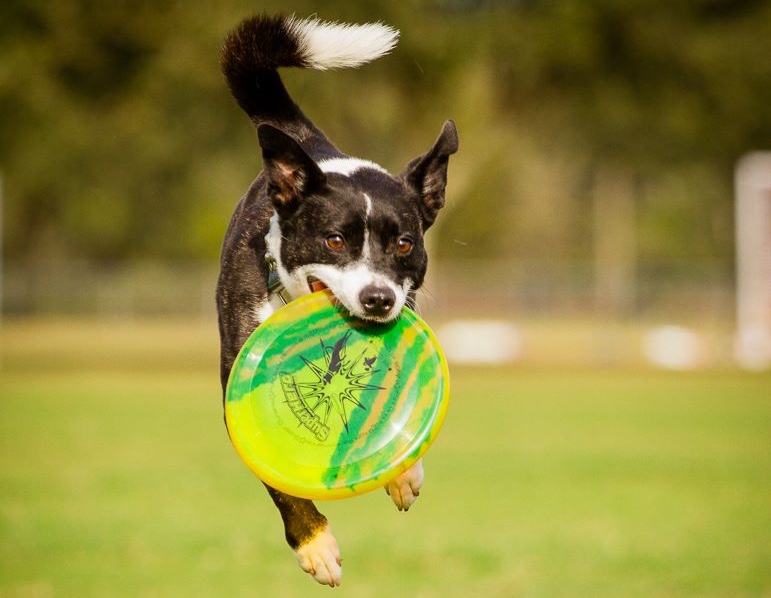
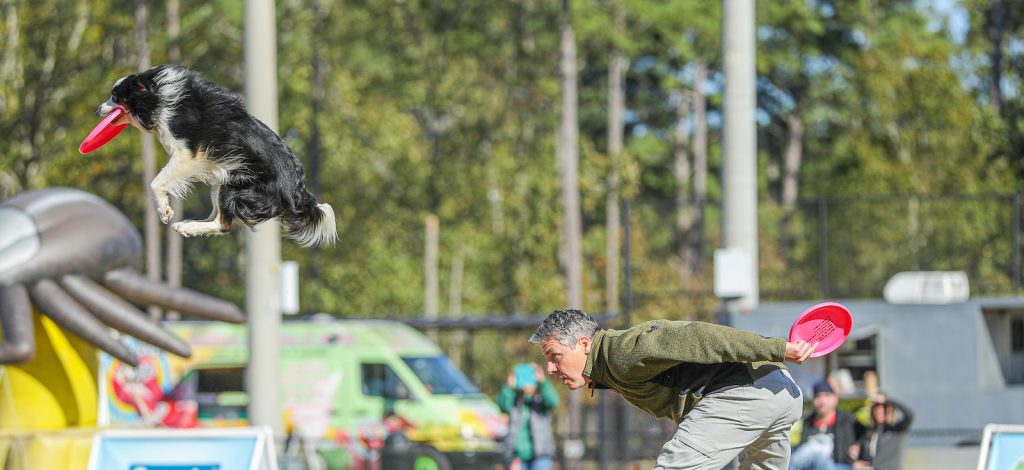
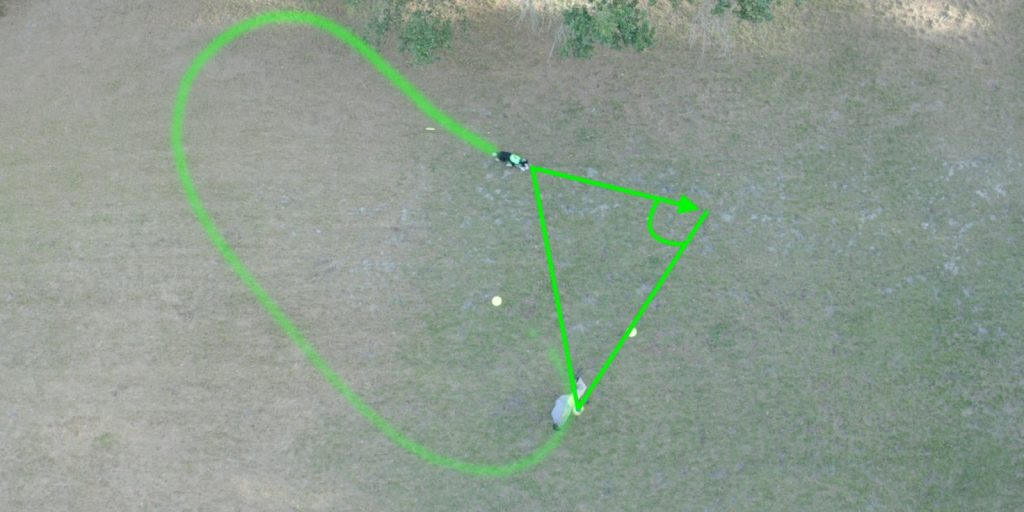
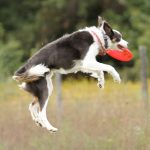
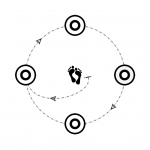
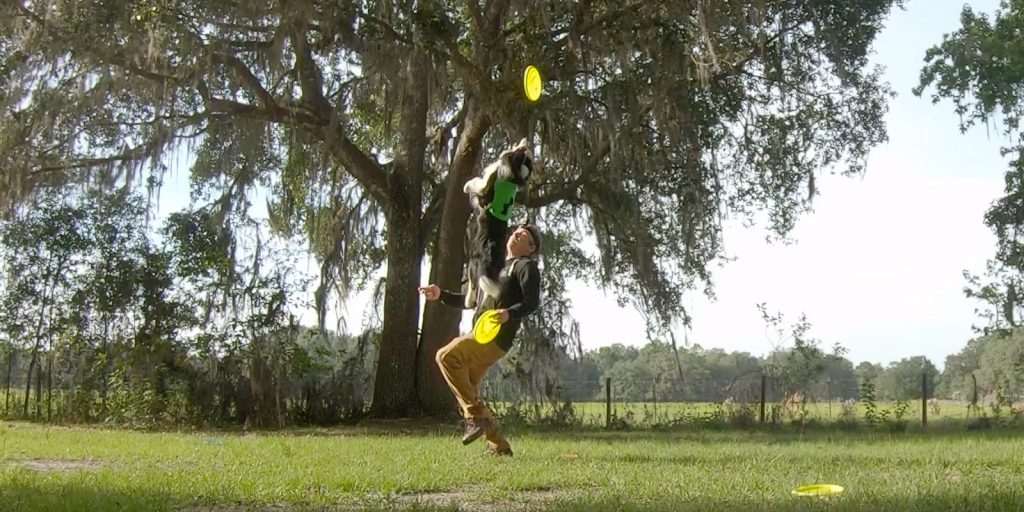
Responses